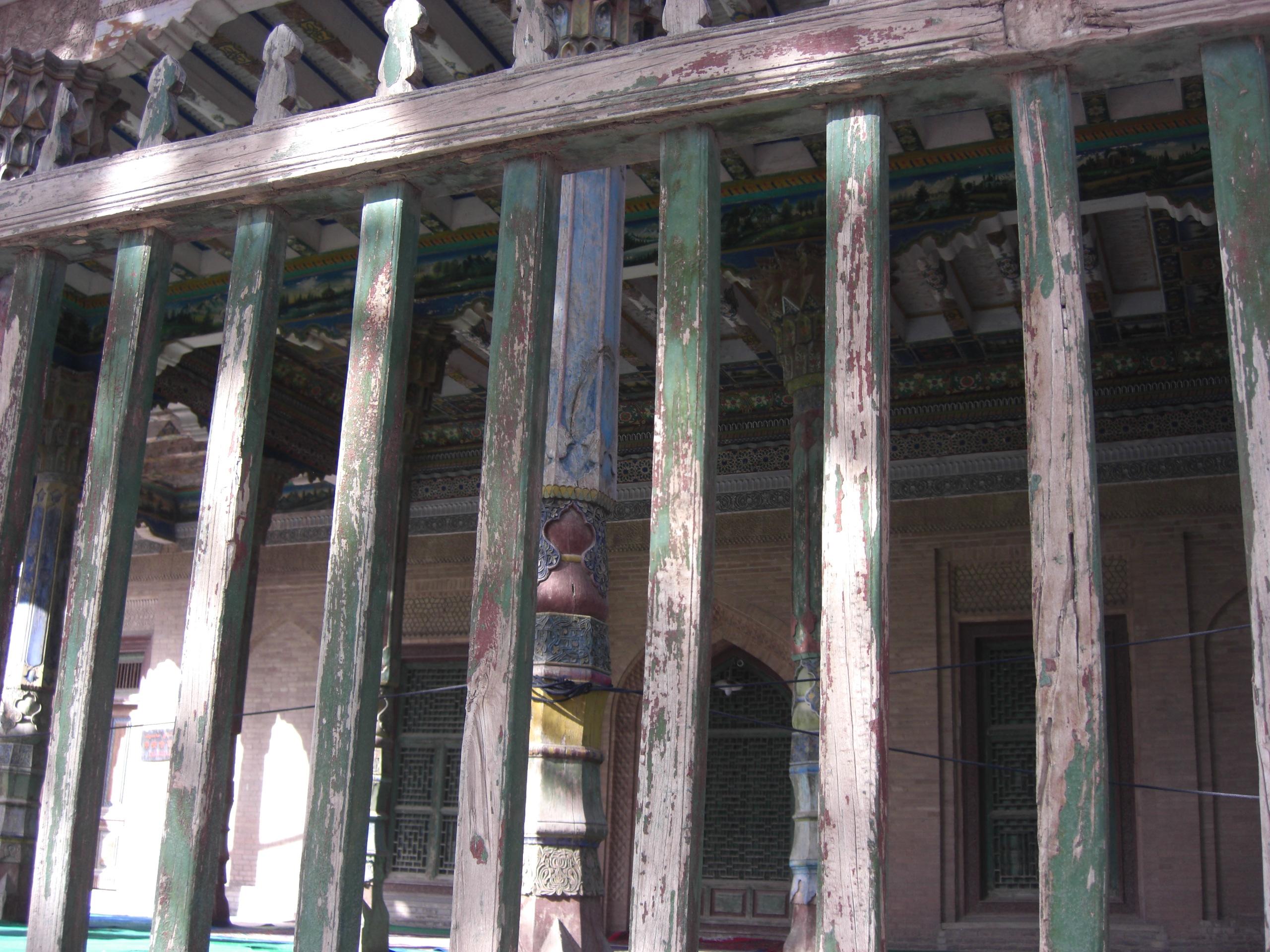Author: Hasan H. Karrar, Lahore University of Management Sciences
Source: Sage Journals
This article seeks to explain periodic unrest in China’s Xinjiang Uyghur Autonomous Region in the years immediately following the Third Plenum. This unrest fractured along ethnic lines between the non-Han and the Han, and in so doing, threatened to unravel Deng Xiaoping’s modernization efforts. Simultaneously, the unrest challenged Beijing’s self-projection as a unitary multiethnic state, and singular Chinese nation. Beijing’s anxiety was evident in its response: memorializing state building on the frontier during the 1940s and 1950s; emphasizing nationalities work; and dispatching veteran revolutionaries to Xinjiang. Foremost amongst them was Wang Zhen (1908–1993), who had led the People’s Liberation Army into Xinjiang in October 1949. During four visits between 1980 and 1982, Wang admonished cadres to love Xinjiang and its people, and to settle contentedly on the frontier. In this article, I argue that in the post-1978 period, unrest in Xinjiang was local resistance to accelerated modernization after the Third Plenum. I also demonstrate how this local resistance to Deng-era modernization led to a deepening of Beijing’s appropriation of the frontier.
